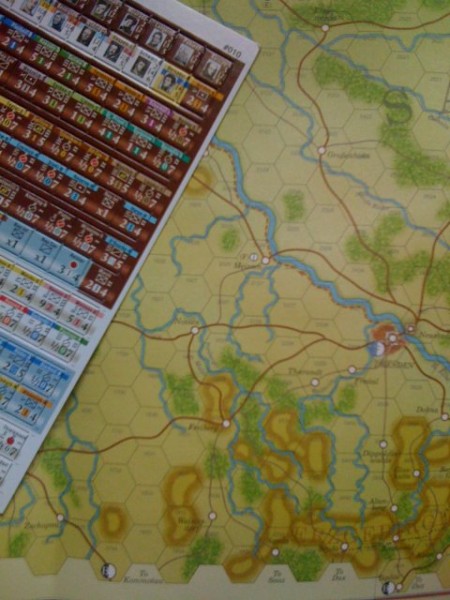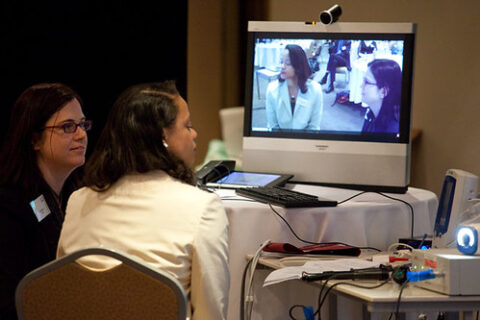Cheating in wargames must be approximately five minutes younger than wargames themselves … famously, the Imperial Japanese Navy didn’t like the outcome of wargaming what became the Battle of Midway and “cheated” by refloating the aircraft carriers shown as sunk in the simulation and Wehrmacht General Paulus ran a wargame that showed Operation Barbarossa would fail and he was also told to ignore the results and ended up in Stalingrad. Lessons can be learned from formal wargames, but as CDR Salamander points out, a wargame outcome can be custom-tailored as the leaders require:
One of the things that will get my eye twitching faster than about anything else is when someone responds to a question or concern with a, “Well, in our wargames …”
Bullshit.
That may work for civilians or under-briefed lawmakers who lack the depth in military matters, but anyone who has run or been part of a wargame knows that you can design one to give you the outcomes you want.
Planning assumptions etc … it is all flexible.
Wargames, done right, don’t tell you the future, but they do help inform gaps in your OPLAN, thinking, or expectations of the enemy … and shortfalls you might have.
At the POLMIL level — where our most senior uniformed and civilian leaders live — you have distinctly different concerns than Tactical, Operational, or — if your Planning Confession separates Strategic from the POLMIL level — Strategic level.
For the senior uniformed leader to make this statement, as if it were a bolt out of the blue, is simply gobsmacking;
A “big lesson learned comes out of Ukraine, which is the incredible consumption rates of conventional munitions in what really is a limited regional war,” General Mark Milley, the chairman of the Joint Chiefs of Staff, told the House Armed Services Committee.
“If there was a war on the Korean peninsula or a great power war between United States and Russia, United States and China, those consumption rates would be off the charts,” he said.
Whose charts? Who made them and using what metrics and dataset?
Yes … that is a lesson for most out there … but it should not be for the CJCS. Hell, I remember certain aspects of updating the OPLAN for Korea a quarter century ago when we beat the drum that, “We don’t have enough ____ and only a few days of ____ before we are combat ineffective.”
This. Is. Not. New.
As we mentioned last July, magazine depth has been a chronic shortfall for a long time.
I have trouble believing that the CJCS is shocked, SHOCKED, that this is an issue.
It isn’t a “lesson learned” — it is a lesson ignored.
One of the easiest, most obvious-to-the-accountants economy any military can make is to scrimp on the inventory of live ammunition … if there’s no war, much of the stored munitions must be disposed of at a cost, and what’re the chances they’ll throw a war before the next election? Plus, if there’s only so much in storage, it’s not economical to have the training allowance of ammunition go up, so you can reduce the resupply levels and free up money in the budget for sexier, more mediagenic toys.







